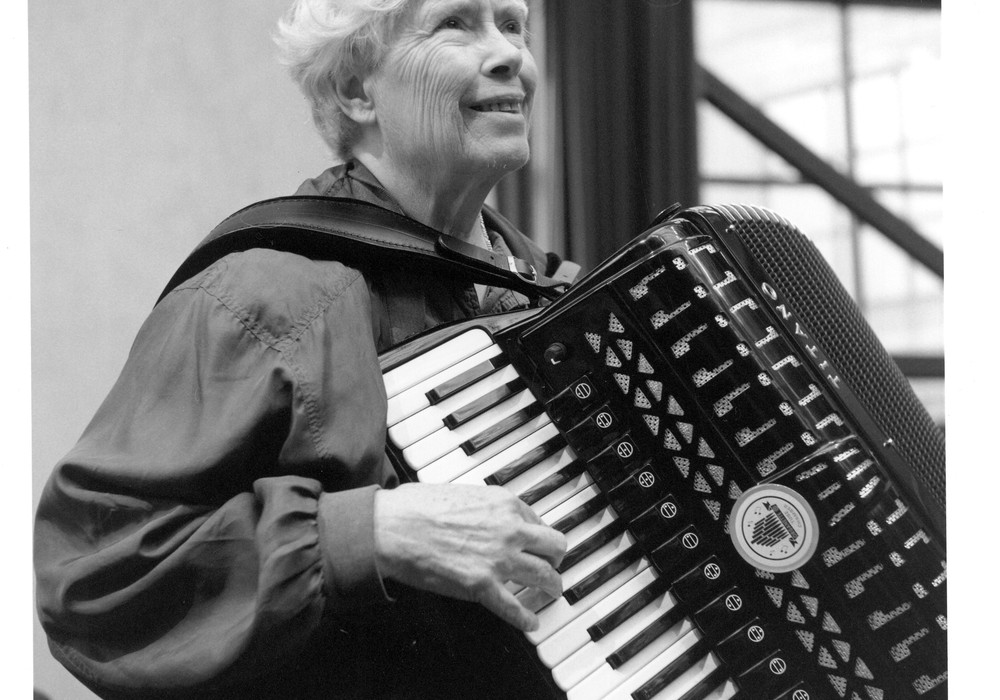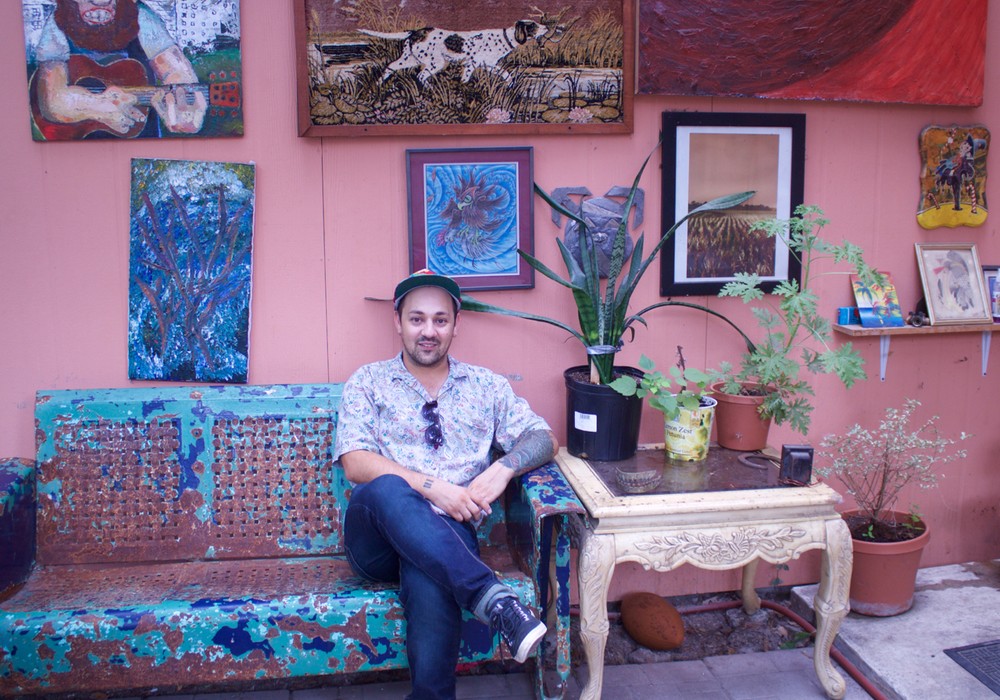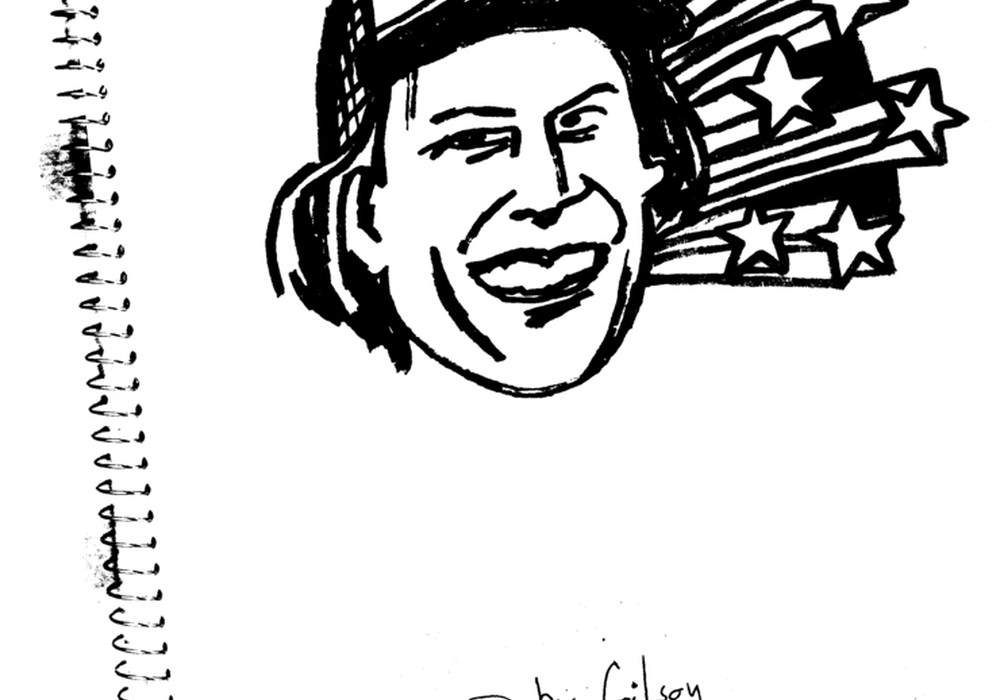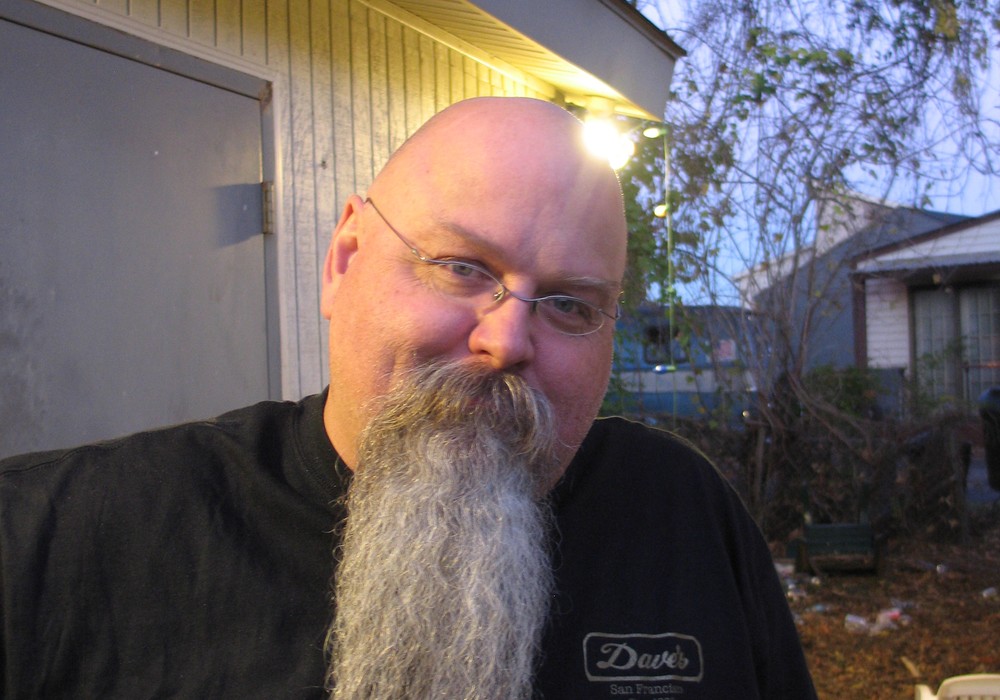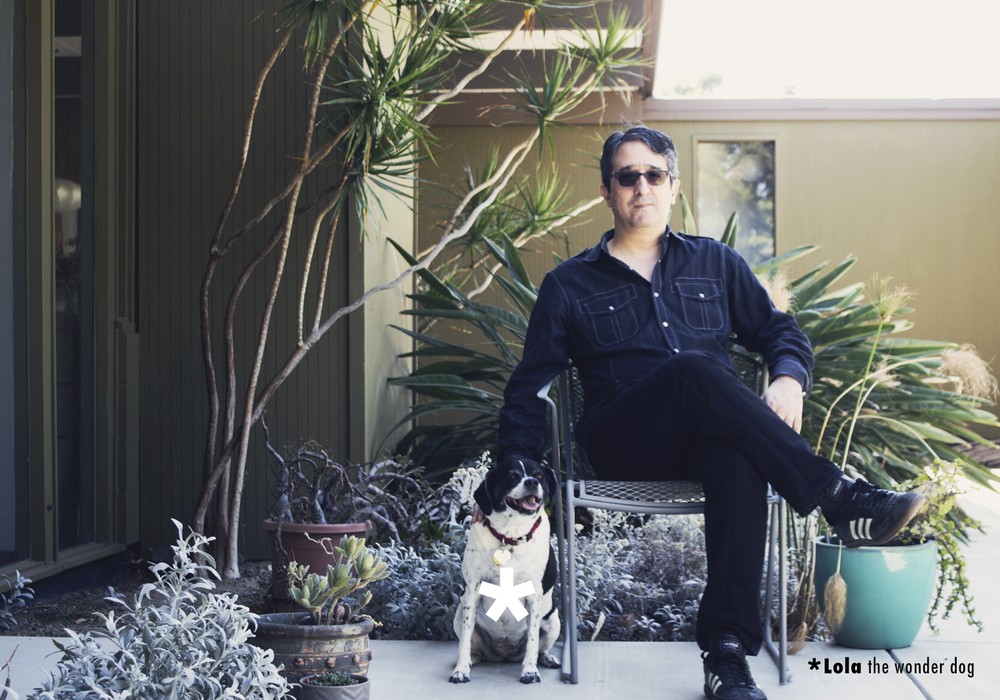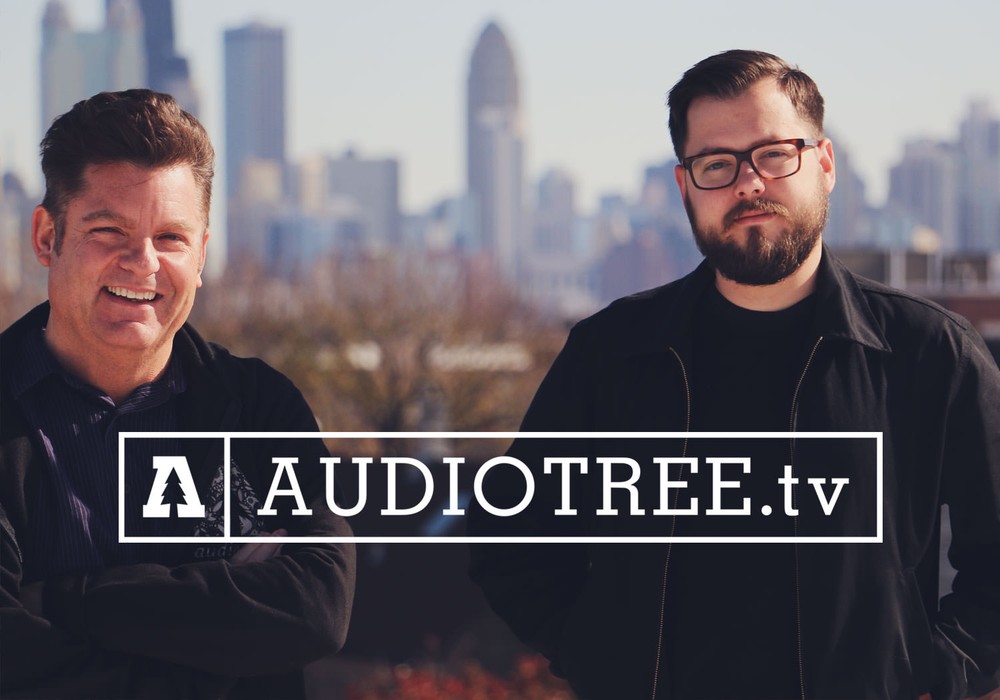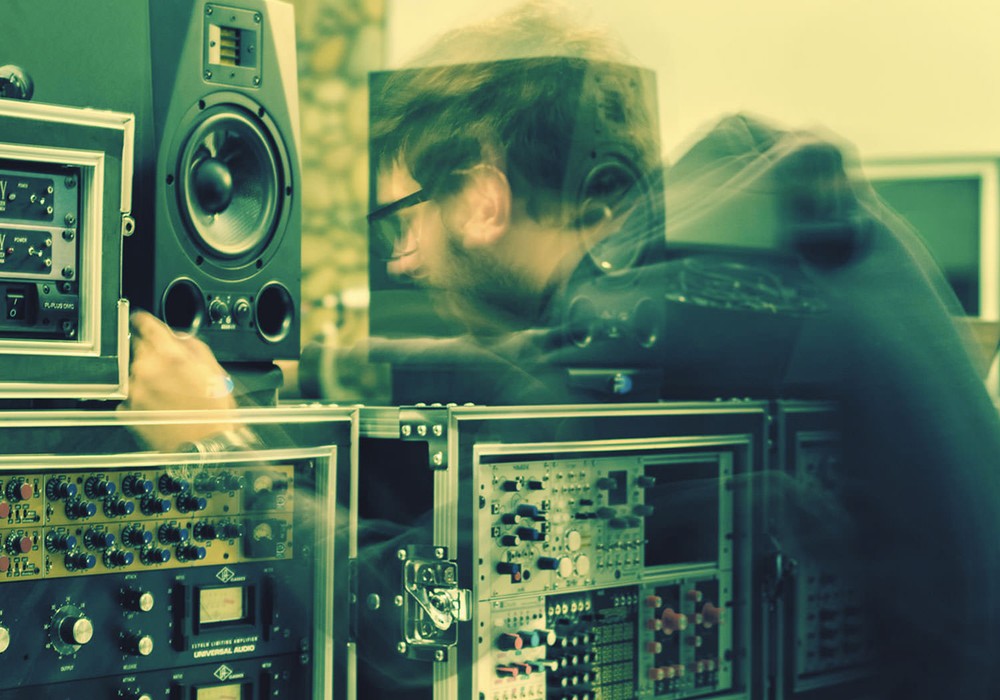I met with Christina Files on a crisp sunny afternoon at Peninsula Park in Northeast Portland. We discussed her past and present experiences as a live sound engineer, studio engineer and musician. Most folks may know Christina Files as the drummer who backed up both Shannon Wright and Mary Timony for many years. Some may recognize her as the singer for the Swirlies, and the drummer who killed the kit in the post rock band Victory At Sea. These are just a few of the many accomplishments of Christina Files as a musician. Over the past decade and a half, she's been behind the boards of many a great album for bands like Shipping News, June of 44 and The New Bloods. She's also done front of house for fine tuned live shows like Shellac and Black Dice. We talked about the dualistic, yet harmonious, nature of engineering audio in the studio and live venues. We also spoke of the excitement and beauty of recording in any space: basements, warehouses, elevator shafts; and making the best recordings you can with the gear you've got.
Where did you grow up?
I grew up in Overland Park, Kansas; a town just outside of Kansas City.
Were you into music and sound as a child?
Yes, I was. Most of my exposure to music was from listening to the radio and whatever records my older brother had. I had a boombox with a cassette recorder in it and I would often record myself playing guitar, Casio [keyboard] or drum machine. Sometimes I would use the living room stereo as a second recording device to add new parts on top of what was playing on my boombox. There was a lot of hiss.
Which came first for you, doing live sound or studio work?
I guess studio work. I recorded bands in my mom's basement on 1/2" 8-track when I was a teenager. I would also spend countless hours in my room recording to 4-track cassette. I started doing live sound when I was older and living on my own in Boston.
Do you feel there's a balance, or a similarity, between capturing live sound and engineering an album in the studio?
Oh most definitely. They're both centered on signal flow and acoustics. In a live sound scenario, you are usually forced to work super fast. You have a limited time to make sure everything is routed properly and sounds as good as it can. The same goes for being in the studio — just add a tape machine and/or computer. If you are lucky, you'll have a little more time to get the sounds you're looking for and to experiment. Hopefully you'll have slightly better equipment to work with than with live sound.
You seem to be primarily a freelance engineer in studios around town.
I work at a few different places in town. I tend to gravitate more toward studios that have old school equipment and higher quality A/D D/A converters. I've never predominately worked in one place; I usually end up wherever a band or project can afford to go. Sometimes it's in a higher end place, other times someone's basement or warehouse.
What was the first release that you engineered?
I remember interning at a few different places. I tried assisting, but no one was really interested. The first release that I recorded was a 7" by a band called Milk Money. I recorded side A at my school and side B at Fort Apache Studios in Cambridge, Massachusetts.
In situations where you would track at someone's house or basement, would you bring certain equipment with you?
I usually bring my own equipment. If someone in the band has anything that can be put to good use I try and incorporate it as well. One of my favorite places that I've worked was a warehouse space where I used to live in Boston in the late '90s. It was an old turn of the century building with tin ceilings and giant arched windows. My roommates and I built walls, installed electricity, some plumbing and a kitchen. We could record there and spend time making music. I would use the elevator shaft as an echo chamber. It was sweet! I definitely wish I still had that place. Damn gentrification!
What was the place called?
84 Kingston Street was the address. Everyone just called it "Kingston Street." At that time in Boston, a lot of kids were living in warehouse spaces around Chinatown and Fort Point. Other buildings/art spaces in the area were on Congress Street, Stillings Street, Boylston Street and Edinboro Street. All really fun places to hang out, make music, art and have shows.
You cut some records at Kingston Street that have been released.
Yes. Mary Timony's Mountains was tracked there. Some of the first Victory at Sea's recordings for Slowdime Records were done there too. I remember the Make-Up recording a song there for a 16mm film, which I've never seen. The band had just finished playing a show that night, their equipment was already set up and my friend needed music for her film. That was the only time I've ever found myself recording a band in front of...
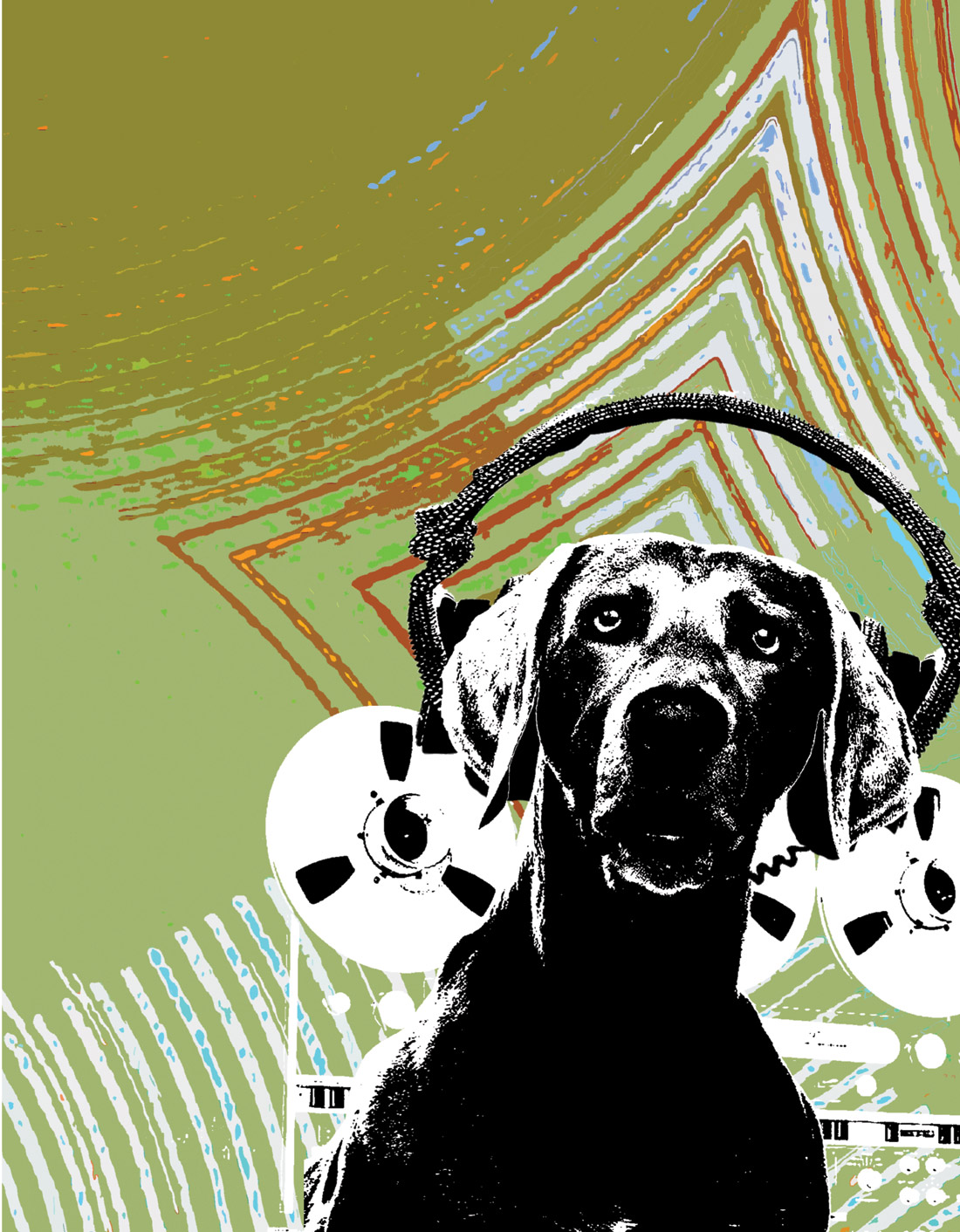

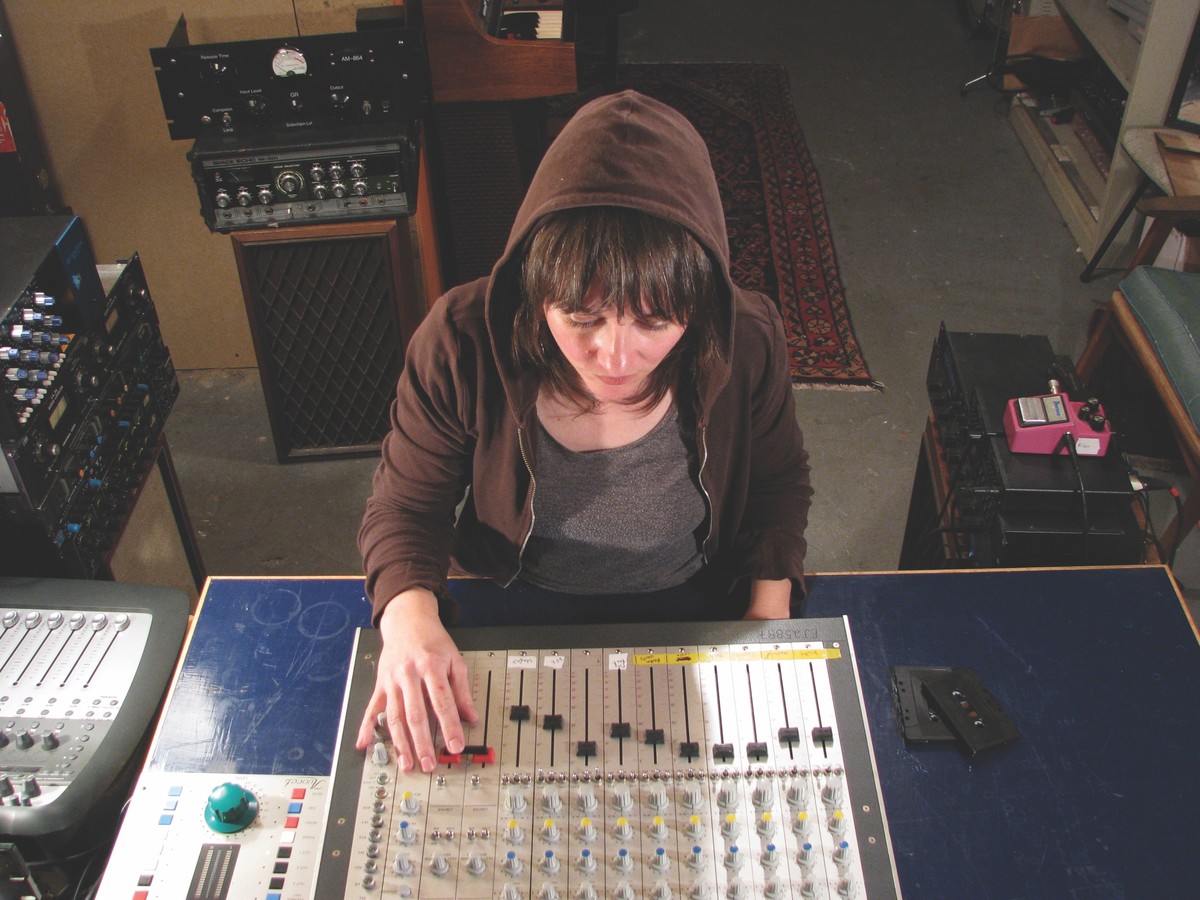
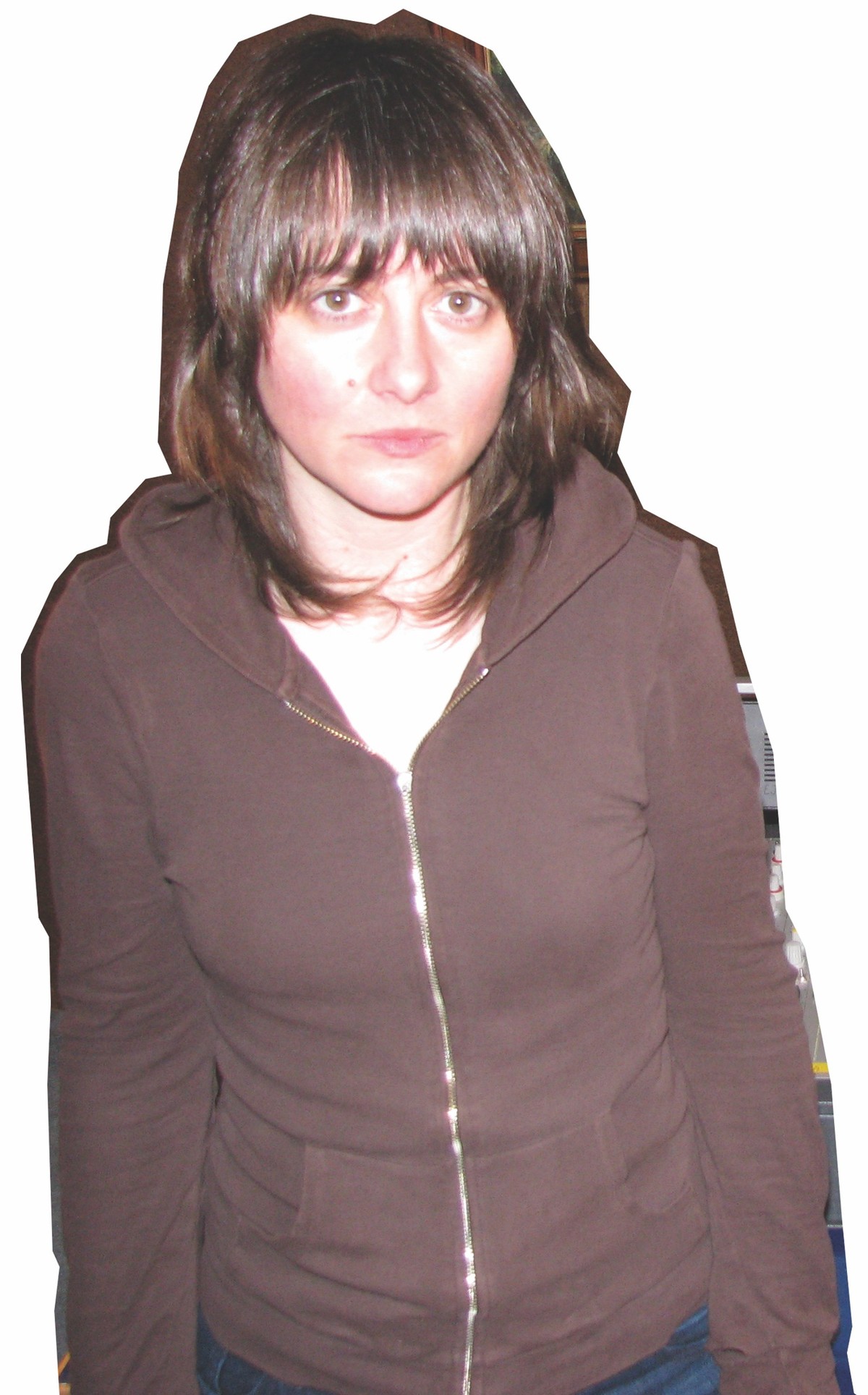
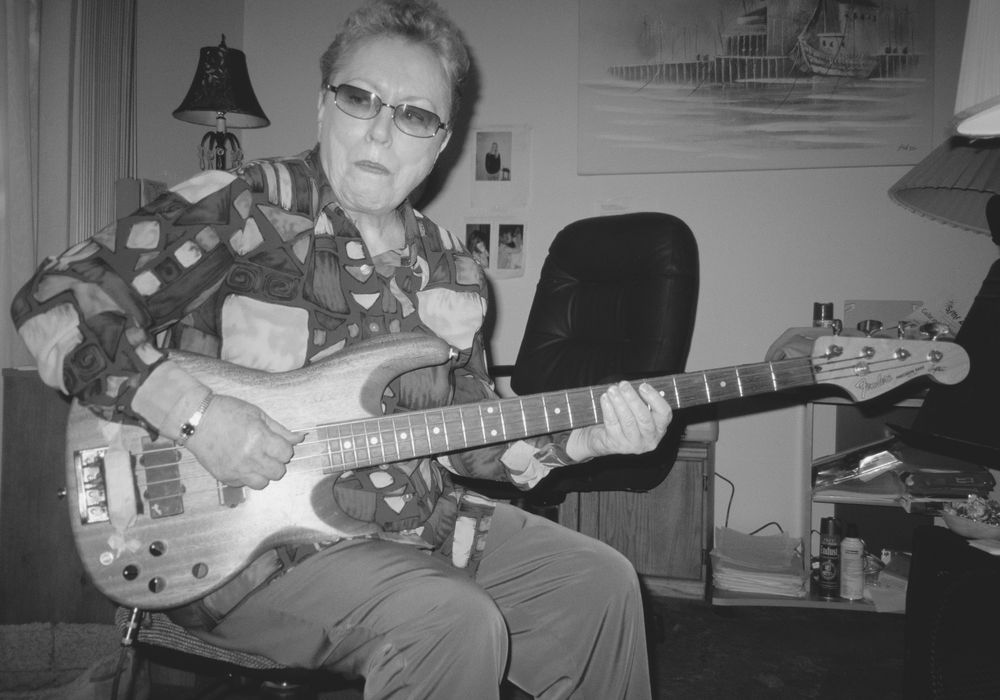
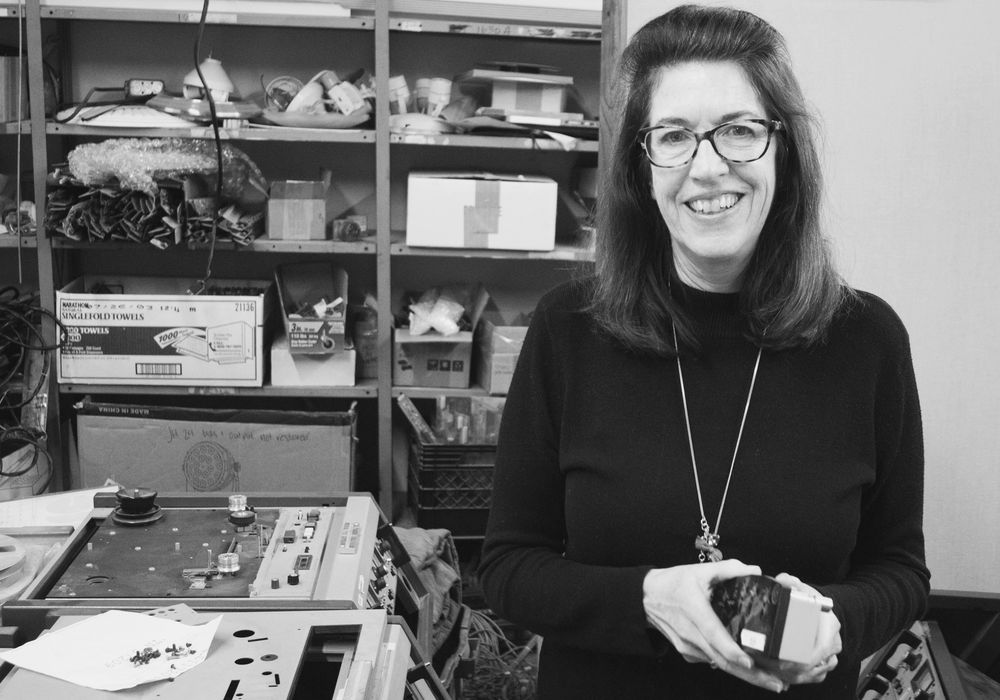
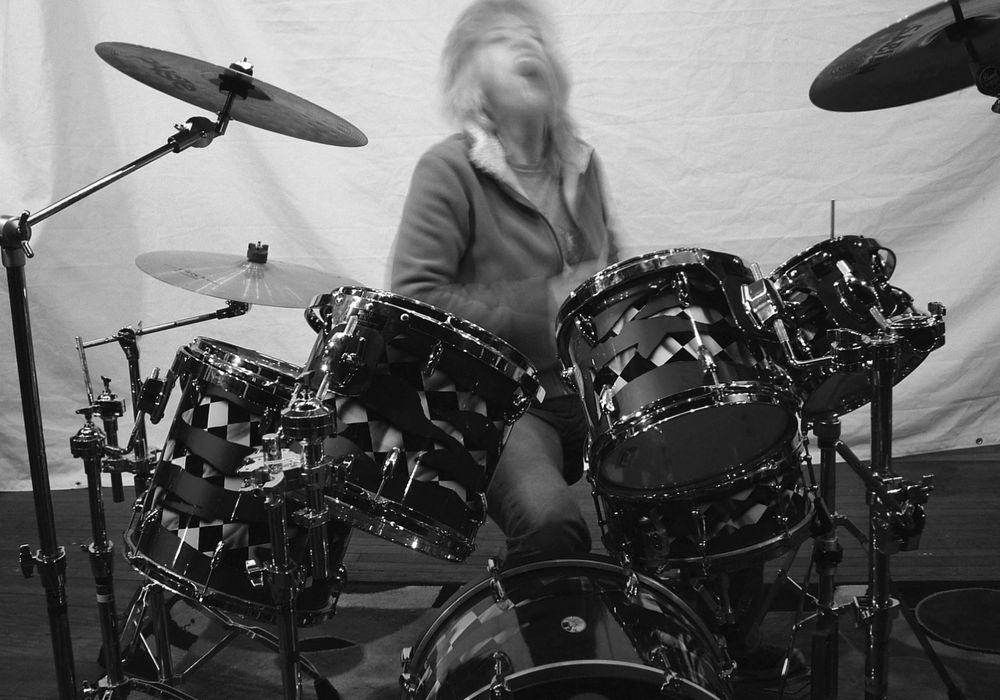
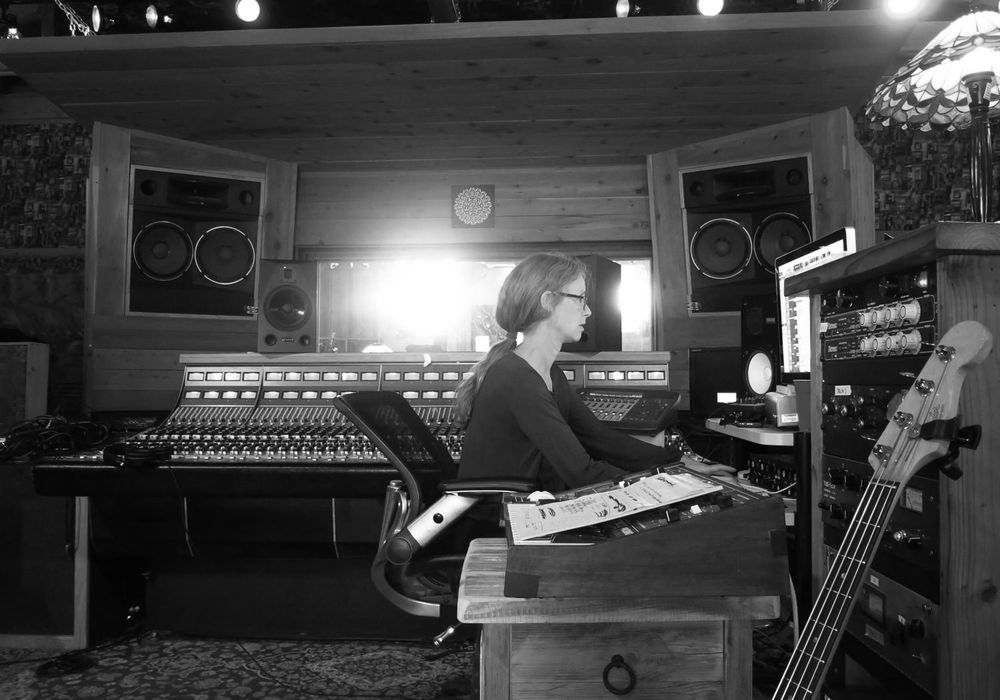
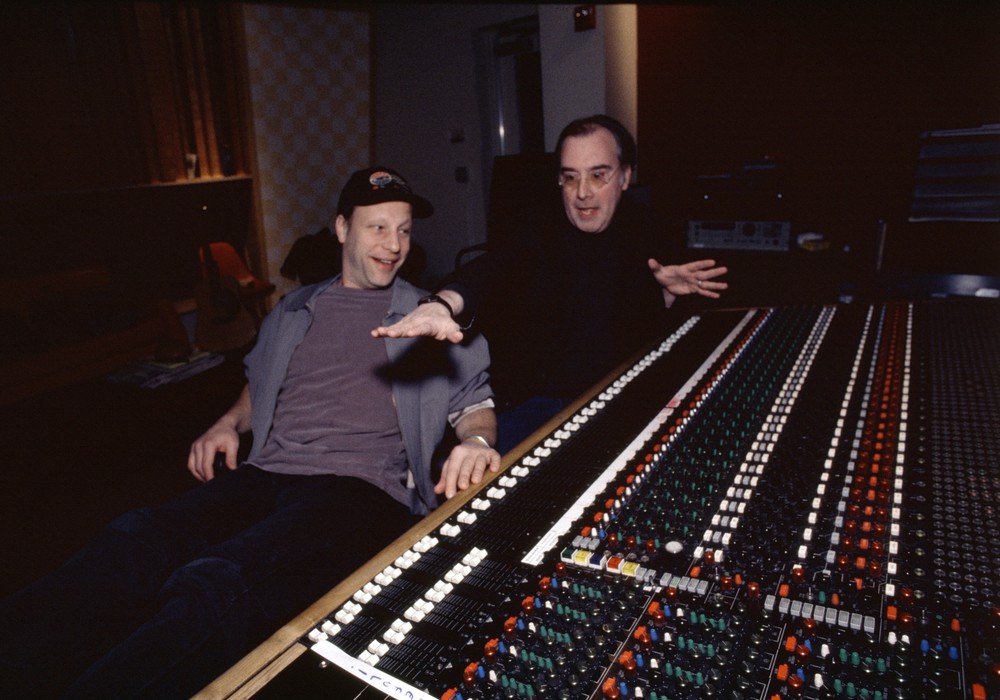
_display_horizontal.jpg)
